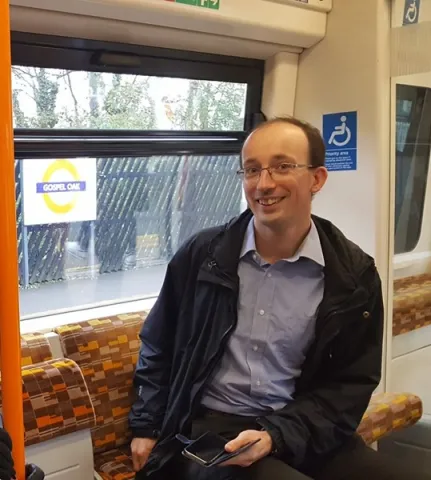Project overview
Outputs from the NISMOD transport model were used to investigate the effects of population change on travel demand, and the subsequent impact of different sets of options, or ‘Pathways’, to help achieve the net-zero carbon target for transport in EEH by 2050. The challenging target implies a substantial change in the vehicle fleet towards zero-emission vehicles, coupled with technological solutions to improve both vehicle efficiencies and the use of the road and rail networks, and promoting behaviour change of drivers and passengers to reduce the number and nature of motorised trips in the region.
Each of the alternative ‘Pathways to Decarbonisation’ focuses on a specific approach to change the way that people travel in the future: ‘Highly Connected’, involving increased use of digital communications and embedded technologies in the transport network; ‘Adapted Fleet’, consisting of rapid technological development (and electrification) of the vehicle stock; and ‘Behaviour Shift’ toward more intensive use of fewer vehicles achieved through road pricing and education measures.
The measures and interventions contributing to each Pathway change travel demand. Road pricing measures help to reduce demand, while our assumptions regarding autonomous vehicles provide higher road capacities, so more vehicles can use the same road network, resulting in higher flows. Population growth adds continuing pressure to the transport network, and levels of congestion are expected to increase as population grows. The mix of interventions could help reduce the overall demand on the transport network, but it will require significant effort through governance, legislation and public will to affect such large-scale changes.
Each of the alternative ‘Pathways to Decarbonisation’ focuses on a specific approach to change the way that people travel in the future: ‘Highly Connected’, involving increased use of digital communications and embedded technologies in the transport network; ‘Adapted Fleet’, consisting of rapid technological development (and electrification) of the vehicle stock; and ‘Behaviour Shift’ toward more intensive use of fewer vehicles achieved through road pricing and education measures.
The measures and interventions contributing to each Pathway change travel demand. Road pricing measures help to reduce demand, while our assumptions regarding autonomous vehicles provide higher road capacities, so more vehicles can use the same road network, resulting in higher flows. Population growth adds continuing pressure to the transport network, and levels of congestion are expected to increase as population grows. The mix of interventions could help reduce the overall demand on the transport network, but it will require significant effort through governance, legislation and public will to affect such large-scale changes.


